Arka Inboard systems
The Arka professional inboard propulsions are extremely robust, which therefore meet the highest classification in terms of technology and usability.
Whether you want to equip your sloop, sailing ship or tour ship with an E-propulsion, we have the technology for you.
How do we specify power
Unlike many other E-propulsion suppliers, we specify the mechanical power of our systems, which means this: The energy that runs from the battery to the drive system is what you see on your battery monitor (this is often specified as power by other suppliers), goes to the motor controller and to the motor where this energy is converted into mechanical energy. Because the energy passes through the motor controller and then through the motor windings, loss occurs, creating heat that needs to be cooled, so heat = loss. The amount of heat generated is therefore proportional to the loss and vice versa. The power that we specify in our systems is the mechanical power with a maximum temperature increase of 0.5 degrees Celsius per hour, so the duty cycle of the system is infinite and is referred to as S1 power. For a short time you can use a larger power, as long as it is ensured that the system can cool down again, this results in a different duty cycle as with S2-20min Which means that you can use the system with a higher power for 20 minutes if it is cooled down to a normal value after this 20-minute period. Also, sometimes the short-term power of a system is specified, for example, S2-4sec, in this case the system can deliver a certain power for 4 seconds, and then cooled to a normal value.
In short, if a power is specified, it can mean anything if no duty cycle is stated, this power is therefore unclassifiable and thus meaningless. If the power is classified as S1 without a time indication, it means that it is a continuous power, as explained earlier.
This S1 power is the power that Arka indicates in the system specifications.
As a rule of thumb, an S2-20 minutes can be about 1.4 to 1.5 times higher and with an S2-4sec even 2 to 5 times higher (depending on engine type and cooling).
Arka complies with the guideline IEC60034-1:2022 that specifies this.
Efficiency
Electric propulsion is one of the most efficient forms of a ship’s propulsion.
The efficiency is obtained by a correct combination of engine, speed and propeller. It all sounds very logical, but to obtain this efficiency requires a lot of testing. We have succeeded in developing electric Professional inboard motors that, in addition to having the highest efficiency, are also among the quietest. Arka motors are built according to the direct drive principle, which means that the driven shaft is the same as the propeller shaft. As a result, there are no noise-producing components present in the engine. By applying an industrial grade motor controller, the conversion losses are minimal. It is important to pay attention to the correct propeller shaft type and its installation, applying a flexible coupling between motor and propeller shaft installation is a must, this dampens harmonic vibrations.
Plug & play
The structure of an Arka inboard motor is modular. In addition to the use of dimensions that are common in shipbuilding, the connections have also been standardized. After purchase, all you have to do is install the engine in your ship, install and connect the batteries. Commissioning the motor is then simply connecting the plugs and turning on the ignition.
Sustainability
Arka Inboard engines have no carbon and nitrogen oxide emissions. They are among the cleanest engines in the world. The lubricants that are used come from the food industry and therefore meet the highest possible requirements. It is for this reason that on many drinking water reservoirs only Arka drives are used.
Power required
After you have assessed the weight of your ship, the choice for a propulsion is as follows:
Install at least 1.2 kW per 1000 kg. Ship weight to be able to sail at a speed of 70 percent of the hull speed. Installing more than 3.5 kW per 1000 kilos (this is sufficient to be able to sail at hull speed) is not necessary.
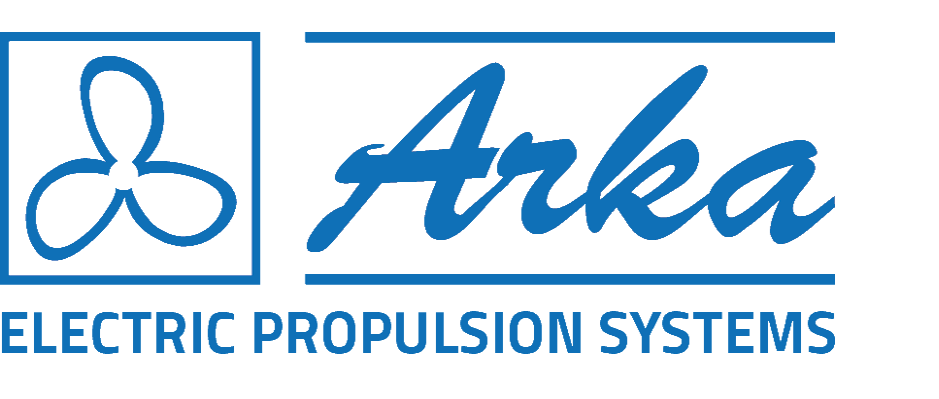
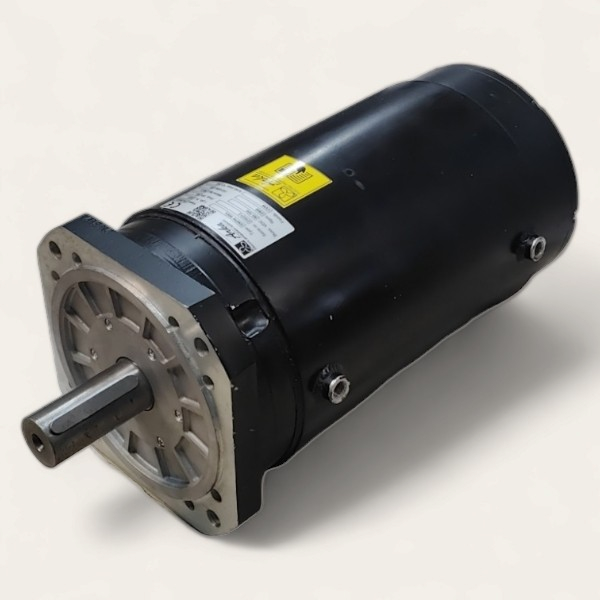
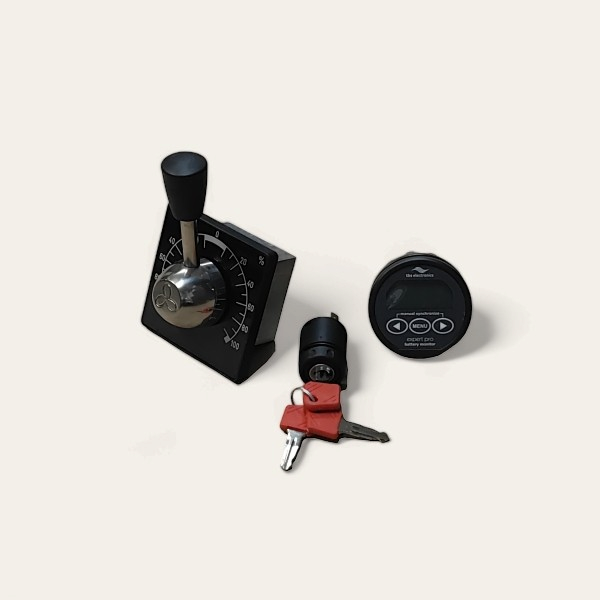
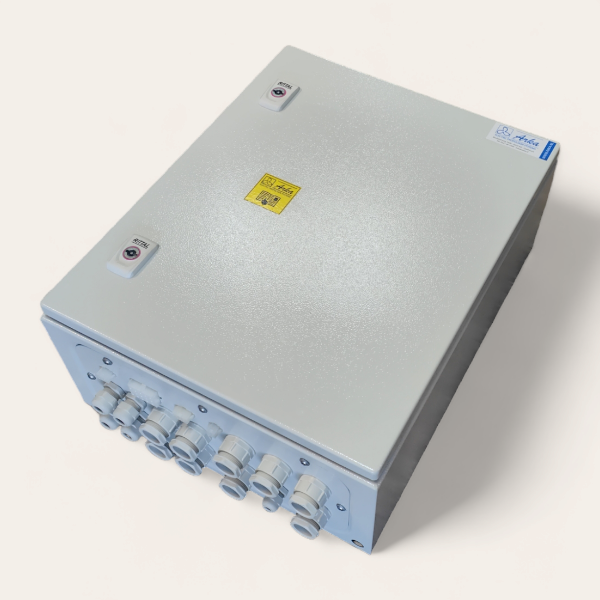
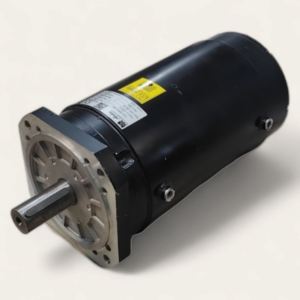
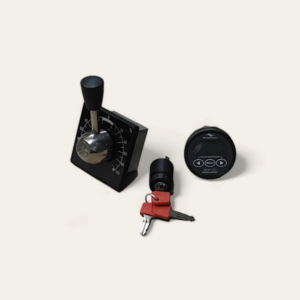
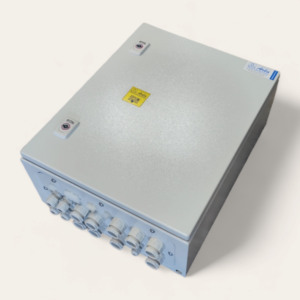
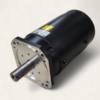
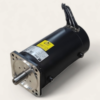
Reviews
There are no reviews yet.